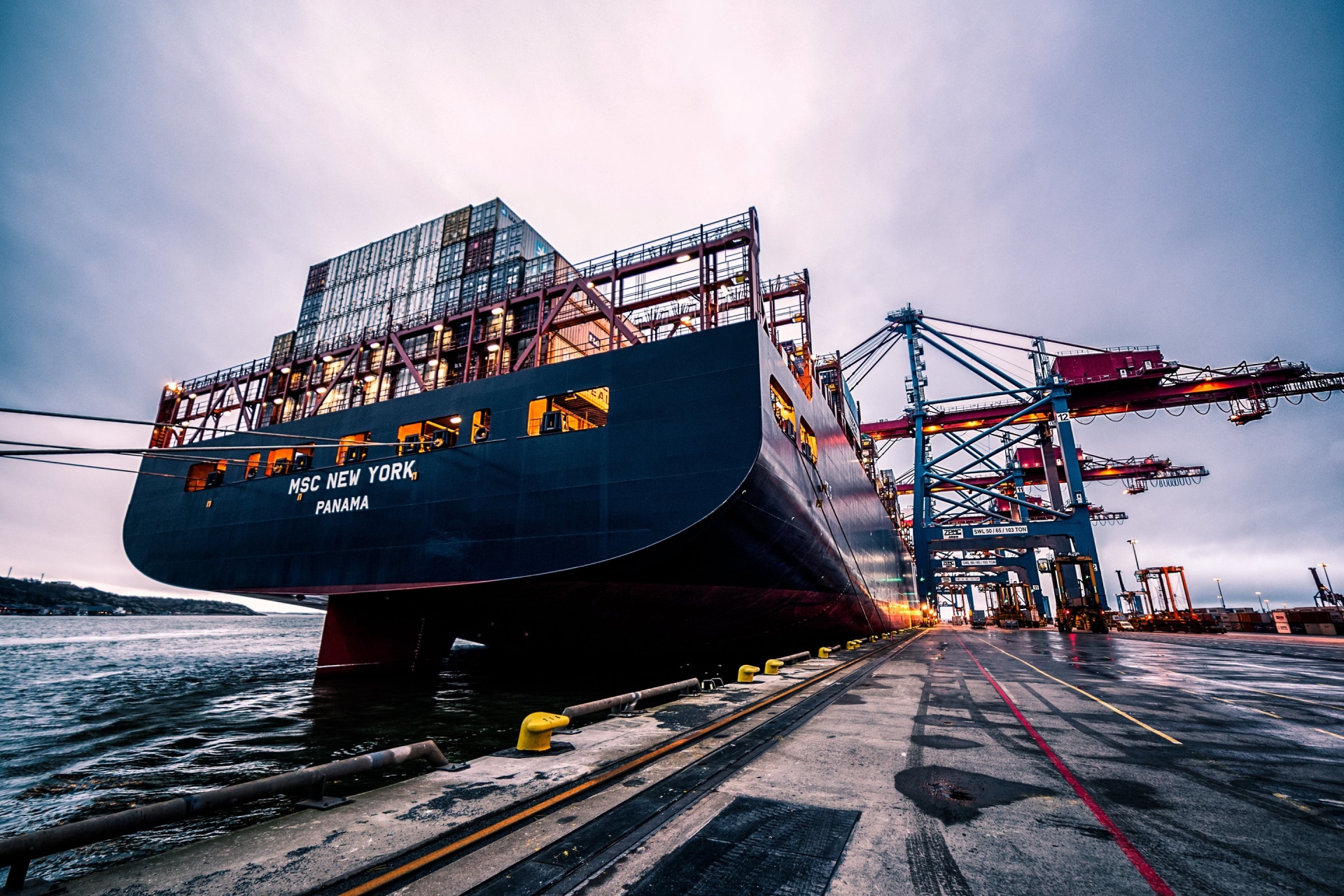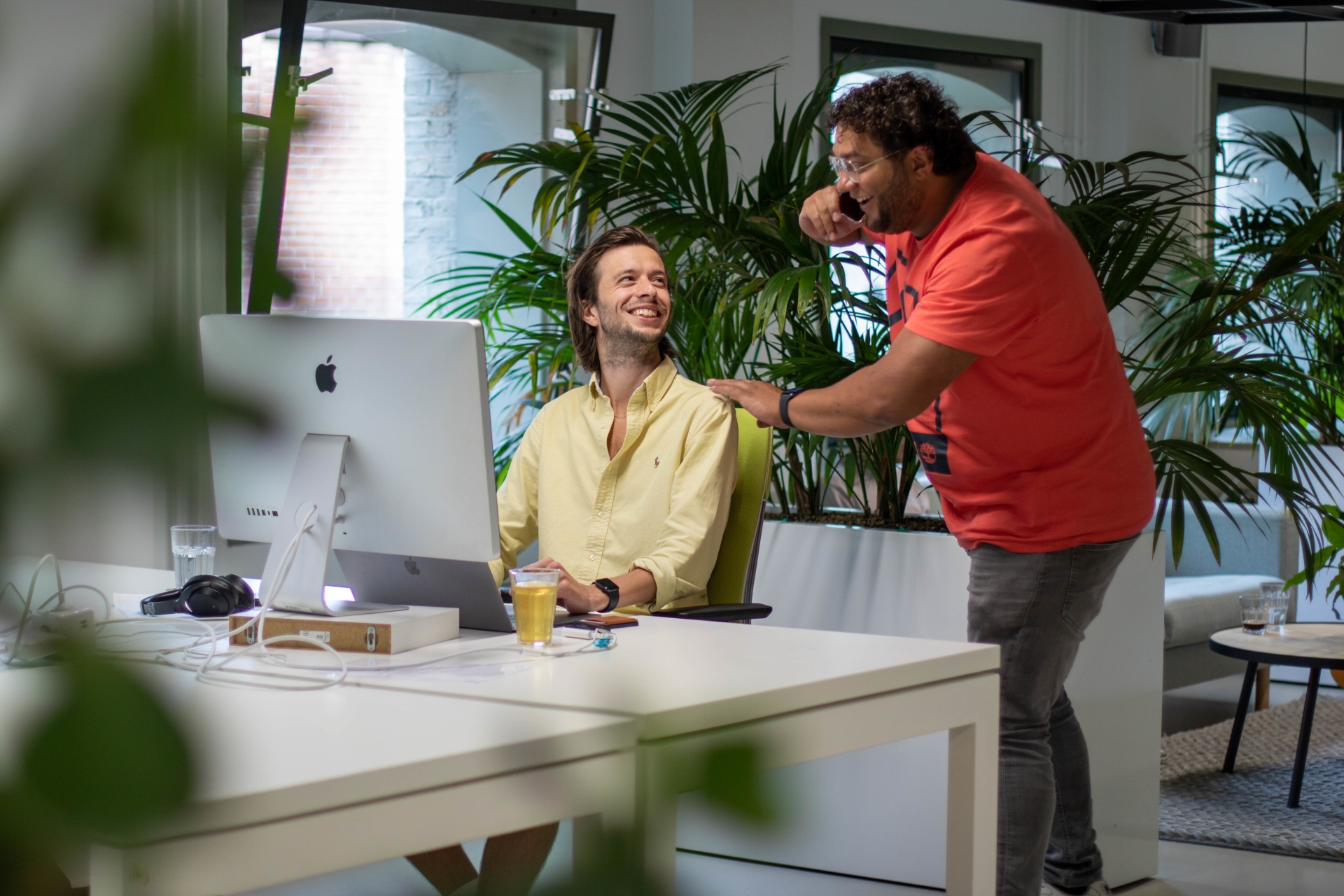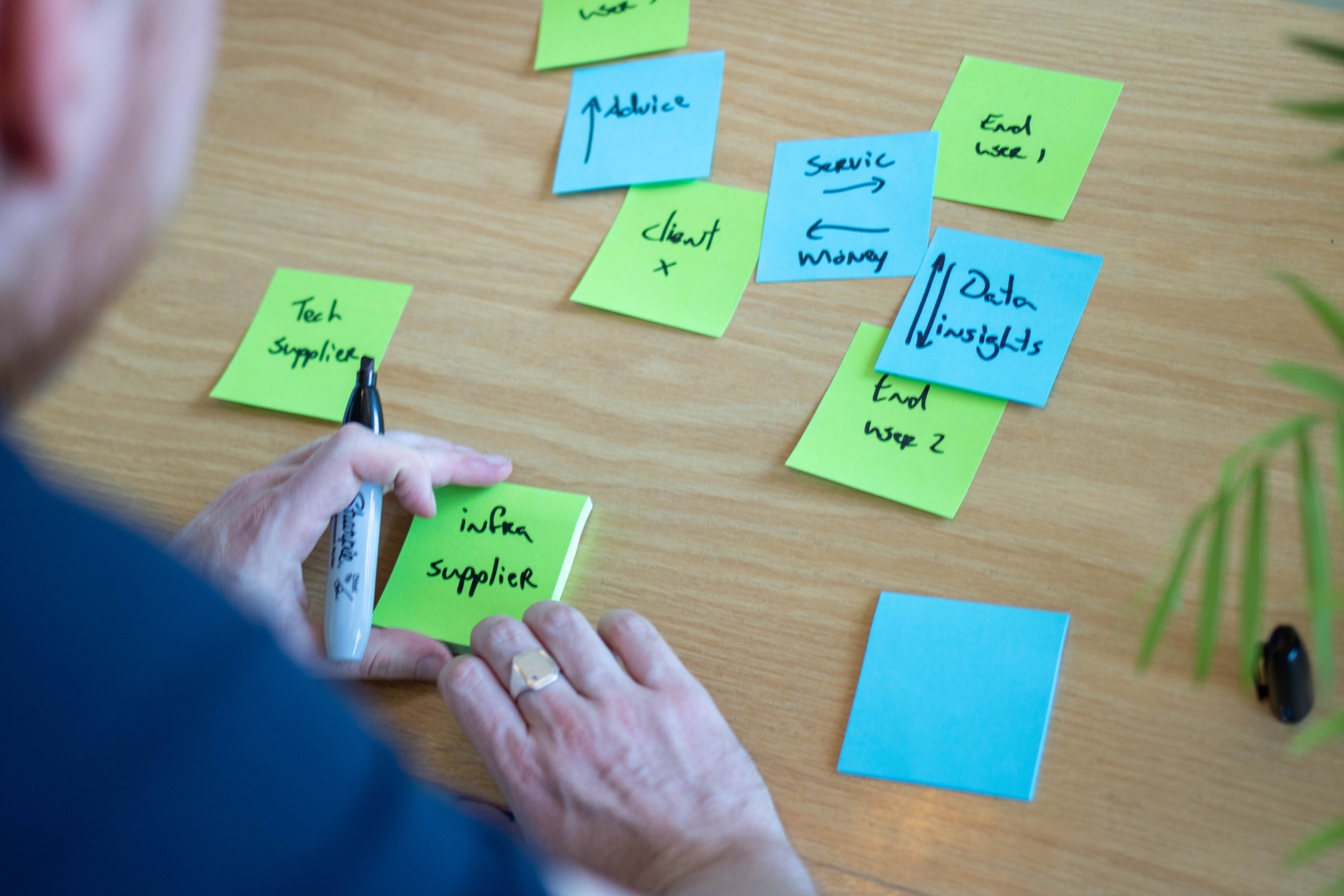Maritime wordt veranderd door IoT en DatascienceThe maritime sector
- Internet of Things
- Data Science
- Transformation

Menu

Jan 29, 2024
8 min

Rogier Stroband
De uitdagingen in de maritieme digitaliseringsmarkt, zoals marktversnippering, gebrek aan standaarden, hoge kosten en een tekort aan geschoolde mensen, maken het lastig om digitale stappen te zetten. Maar vanwege strengere regels, druk van investeerders en de roep om duurzame veranderingen in de industrie liggen er ook kansen.
De wereldwijde maritieme digitaliseringsmarkt groeit gestaag en wordt naar verwachting nog groter, met een voorspeld jaarlijks groeipercentage van 9,5% tussen 2023 en 2030. In 2022 was deze markt al $158,1 miljard waard en wordt geschat tegen 2030 een waarde van $298,42 miljard te bereiken, volgens een rapport van Credence Research, Inc.
De groei van deze markt komt voort uit de groeiende vraag naar efficiëntie en kostenbesparingen. Door te investeren in digitalisering kunnen maritieme bedrijven processen automatiseren, gegevens analyseren en zo efficiëntie en kostenbesparingen realiseren. Dit opent de deur naar betere samenwerking tussen rederijen, havens en logistieke partners, wat resulteert in lagere operationele kosten.
Belangrijke factoren die deze groei aanwakkeren zijn onder andere de toenemende focus op efficiëntie en kostenbesparing, het belang van tevreden klanten en de opkomst van nieuwe technologieën zoals kunstmatige intelligentie (AI), Machine Learning en geavanceerde sensoren. Al deze elementen versnellen de digitale veranderingen in de maritieme industrie.
Meer weten? Download onze whitepaper 'Hoe gaat AI de maritieme sector veranderen?'.


Om de uitdagingen het hoofd te bieden en je organisatie te digitaliseren, zal het ook noodzakelijk zijn om een vorm van een digitale oplossing te gaan ontwikkelen. Een oplossing die verschillende soorten data samenbrengt en die alle schakels in de keten met elkaar kan verbinden. Maar waar begin je dan mee?
Je begint met het inventariseren van de mogelijkheden. Zo kun je gebruikmaken van standaard SaaS software of ervoor kiezen om zelf iets te (laten) ontwikkelen. De grootste voordelen van standaard (SaaS) software zijn de korte implementatietijd en de beperkte investeringen vooraf. Deze vallen lager uit dan wanneer je het zelf ontwikkelt, omdat je een licentie betaalt op basis van (veelal) het aantal gebruikers. Maar standaard software is soms beperkend, want het kan niet aangepast worden aan specifieke klantwensen of die van de organisatie. Ook het koppelen met externe systemen kan soms een uitdaging zijn.
Het kiezen voor standaard software kan er ook voor zorgen dat je afhankelijk wordt van een specifieke leverancier en daarmee een vorm van vendor lock-in wordt gecreëerd, en wanneer je besluit de licentie te beëindigen, je ook geen data meer hebt.
Als alternatief kun je de keuze maken om deze software door je eigen IT afdeling te laten ontwikkelen. Echter zal niet iedere organisatie in de maritieme sector de kennis en kunde in huis hebben om snel, hoogwaardige, gebruiksvriendelijke en complexe software te ontwikkelen. Software die jouw organisatie efficiënter, beter of sneller kan laten opereren. In zo’n situatie is het wenselijk om samen te werken met een partner die je kan ondersteunen bij het ontwikkelen van maatwerk software oplossingen.
Het ontwikkelen van maatwerk software kan je dus in nauwe samenwerking met een externe, gespecialiseerde partner realiseren. Bij voorkeur één met ervaring in de maritieme sector. Het voordeel hiervan is dat je gebruik kunt maken van de kennis en kunde van een partner die dagelijks dit soort oplossingen ontwikkelt. Zo’n partner begrijpt heel goed hoe je data gedreven en vanuit het perspectief van de eindgebruiker gebruiksvriendelijke software maakt. En hoe je een technisch betrouwbare en schaalbare basis neerzet op basis van de meest gebruikte industriestandaarden in softwareontwikkeling. Dit zorgt er ook voor dat je niet afhankelijk wordt van een specifieke leverancier en dat het intellectueel eigendom van de software en alle data van jou wordt. In tegenstelling tot SaaS software waarbij je alleen gebruiksrecht koopt.
Maatwerk software ontwikkelen vraagt ten opzichte van SaaS software wel een grotere initiële investering in tijd en geld. Echter verdient het zich zeker terug (mits goed uitgevoerd), omdat het specifiek ontwikkeld is om jouw klant- en business uitdagingen op te lossen.
Het is daarom belangrijk om een partner te kiezen die niet slechts een systeem of app voor je ontwikkelt, maar die je adviseert, begeleidt en in nauwe samenwerking met jouw team de beste oplossing realiseert. Die jou werk uit handen neemt en een partner die je continu uitdaagt over hoe deze oplossing het beste positief kan bijdragen aan jouw bedrijfsdoelstellingen. En dit alles doet met de eindgebruiker in het achterhoofd, want die moet er tenslotte mee gaan werken.

Label A is een digitaal bureau dat de maritieme sector helpt met het ontwikkelen van slimme en innovatieve digitale oplossingen die hen efficiënter, beter en toekomstbestendiger maken. Label A kan hierbij ondersteunen door bijvoorbeeld een digitale oplossing te ontwikkelen waarmee het bundelen van informatiestromen en de rapportage hiervan overzichtelijk, centraal en gemakkelijk wordt geregeld. Bovendien zorgen we ervoor dat je organisatie efficiënter kan werken en dat de nieuwe oplossing kostenbesparingen en tevreden personeel en klanten oplevert.
Zo hebben we al diverse, innovatieve digitale oplossingen gemaakt voor maritiem aannemer Van Oord. Meer weten? Bekijk de case met Van Oord of lees dit blog artikel waarin we meer vertellen hoe wij de digitale transformatie bij Van Oord helpen te versnellen.
Wil je weten hoe Label A je kan helpen bij het optimaal benutten van de vele mogelijkheden van digitale transformatie en informatievoorziening? Dan leren wij je graag kennen! Meer weten over onze diensten en oplossingen? Neem dan contact op met Rogier Stroband.

Rogier Stroband
Commercial Director

